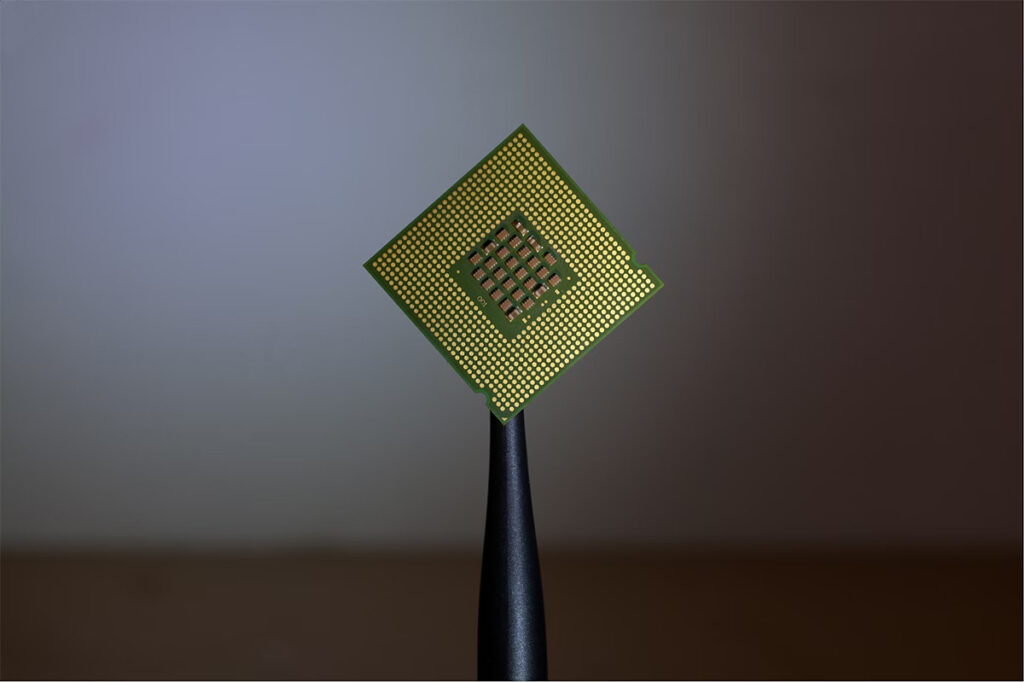China’s Semiconductor Ambitions: Advancing Despite U.S. Sanctions but Facing Costly Hurdles
China’s entry into the semiconductor sector transformed global technology. It brought both great accomplishments and disastrous consequences. The nation’s largest chipmaker, Semiconductor Manufacturing International Corporation (SMIC), is participating. SMIC represents China’s technological aspirations. Even with US restrictions, China has made significant progress in semiconductor manufacture. China produces increasingly sophisticated semiconductors. They’ve done a lot yet still face problems. China struggles to produce electronics due to high production costs, scientific problems, and international trade restrictions. The industry’s history reflects China’s power and inventiveness, as well as worldwide trends in politics, economics, and science.
Defying Sanctions: China’s Recent Advances in Chip Manufacturing
Despite US prohibitions, China has made significant advances in electronics production. SMIC, which makes the most chips in the country, has improved. Chips are manufactured utilizing 7-nanometer technology, while the 5-nanometer process is nearly complete. This growth proves that technology has evolved and that the country is formidable, even while other nations want to weaken it. These changes are hardly remarkable, but they do indicate that China is enhancing its own technologies. As a result, it requires fewer outside suppliers.
The Cost of Progress: Challenges in Scaling Semiconductor Production
China will have a hard time becoming self-sufficient in electronics, especially when it comes to making more of them. Using old tools to make new chips is creative, but it raises prices and lowers output rates. It makes sense that this way works less well and costs more than the newest technology. It costs a lot more for chips made this way than chips made by world leaders like TSMC. Because of this price gap, China has a tough time competing in the world market for semiconductors, especially as it tries to make more advanced chips.
Strategic Maneuvers: Navigating Through International Trade Barriers
The chip business in China has done a great job of navigating the difficult world of trade barriers. Companies in China, like SMIC, have found ways to get around problems caused by restrictions in the United States and other countries. As part of this, they will use present stock of semiconductor equipment made in the US and the Netherlands and will work closely with US tool makers. Even though there are political issues, these steps show that China wants to keep and grow its chip business. International bans and the use of technologies that aren’t native to the country make it hard to plan and grow in this area over the long term.
Future Outlook: Sustainability and Viability of China’s Chip Ambitions
A lot of important things will need to happen for China’s plans for the chip business to stay on track. China is making success that shows it can depend less on technology from other countries. However, it is hard to switch to smaller nanoscale processes because they are expensive and hard to set up. The country needs to be able to think of new things and fix problems with old technologies. This is especially true when it comes to shooting in the extreme ultraviolet (EUV) range. Also, the industry’s future will rest on how well it can keep up with the rising prices of making chips while still being able to compete in the global market. China is now on a very important path in electronics. Most likely, its place in the tech world will depend on what it does and plans to do over the next few years.


